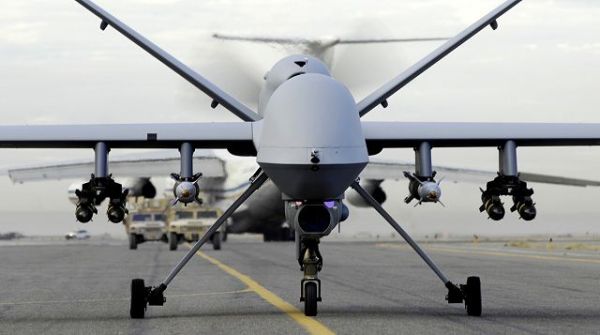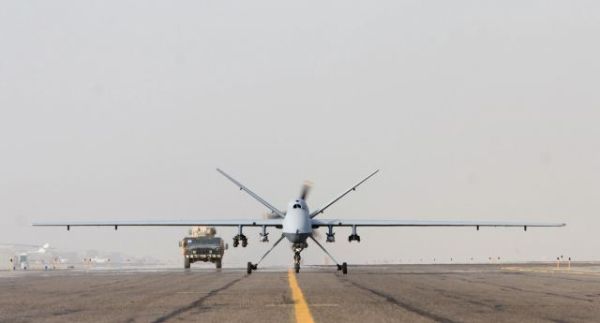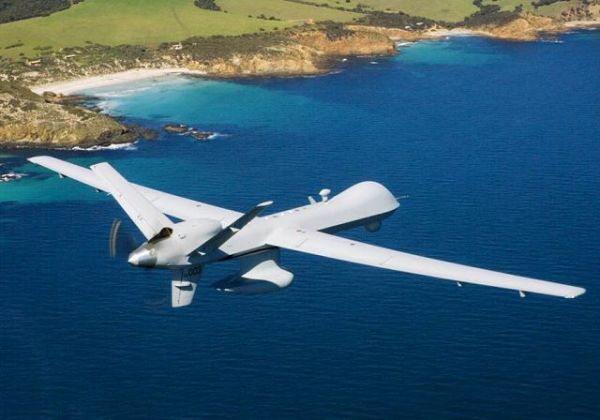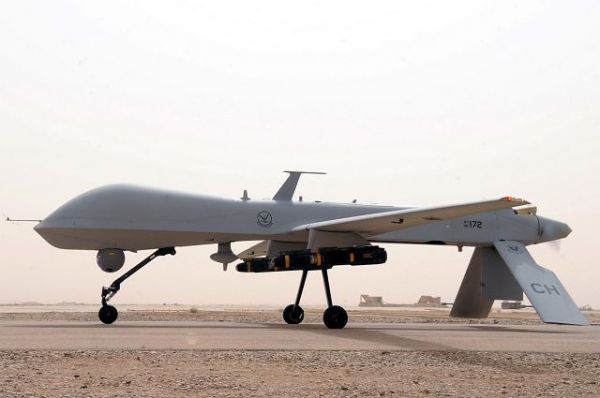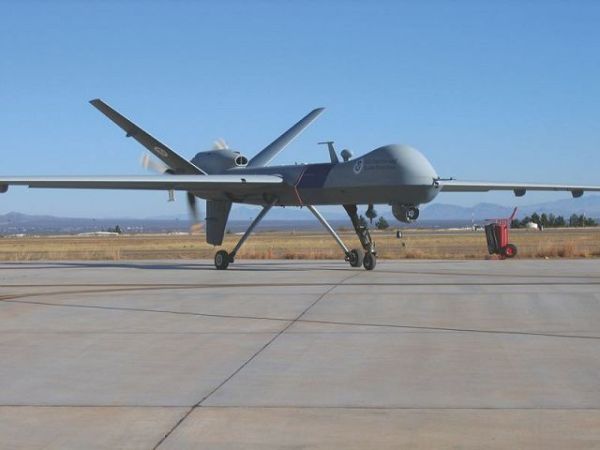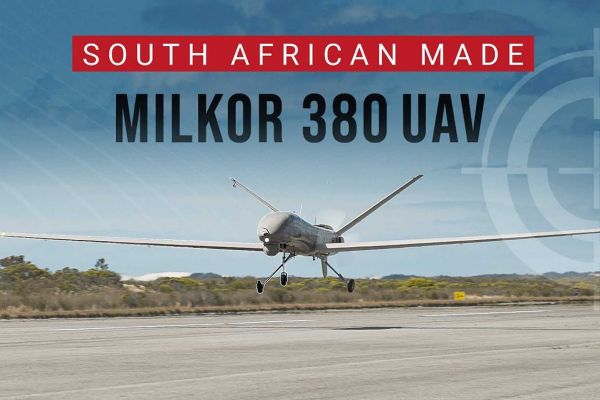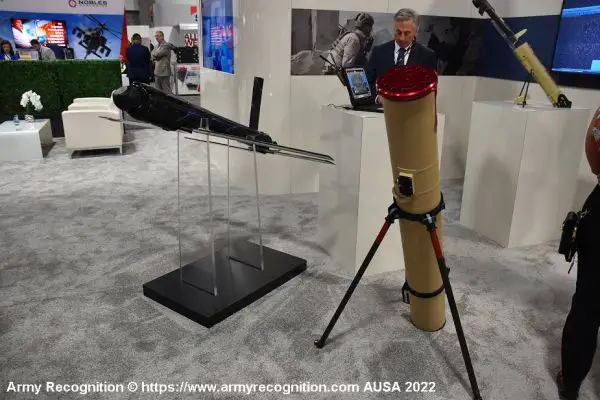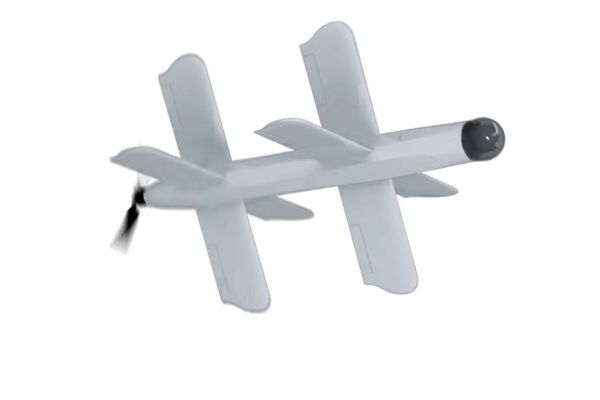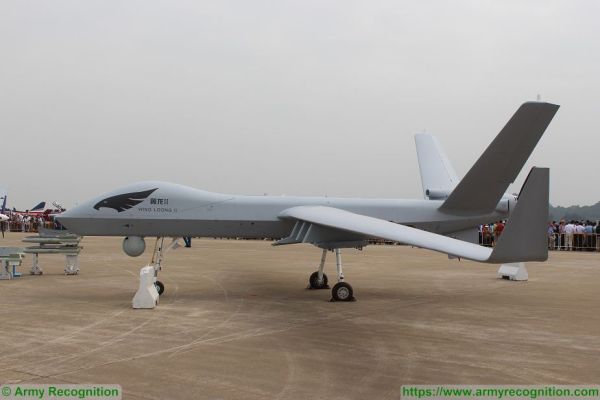Unmanned Aerial Vehicles.
MQ-9 Reaper Predator B.
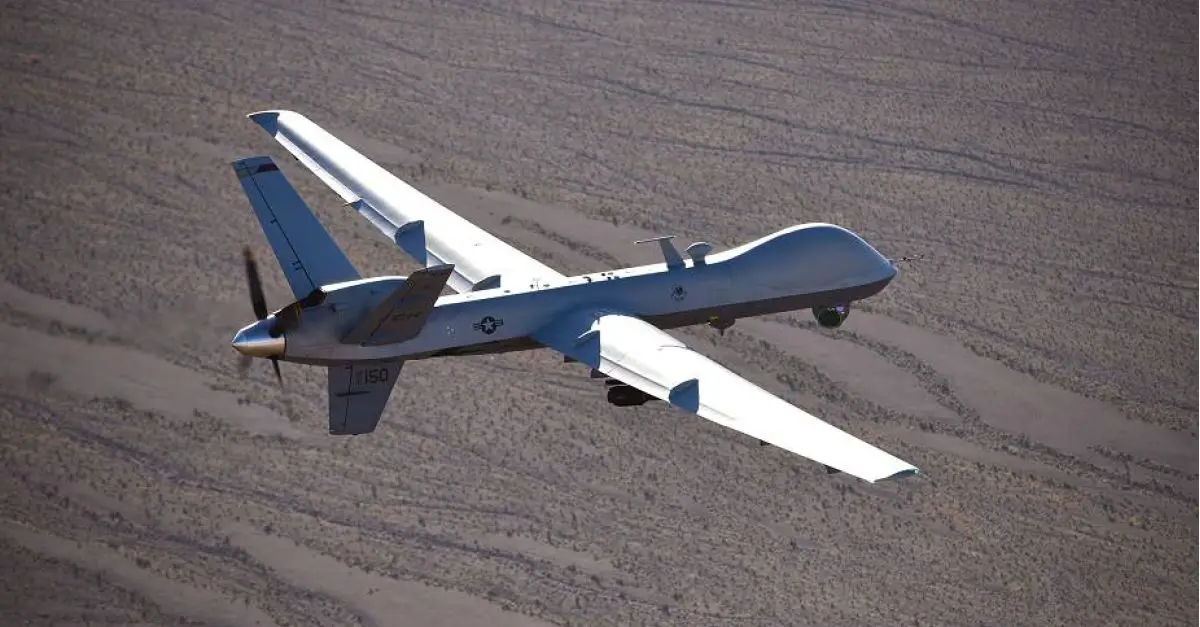
The MQ-9 Reaper (previously Predator B) is a medium-to-high altitude, long-endurance remotely piloted aircraft system. (UAS), capable of remote-controlled or autonomous flight operations, developed by General Atomics Aeronautical Systems (GA-ASI) for use by the United States Air Force, the United States Navy, U.S. Customs and Border Protection, the Royal Air Force, and the Italian Air Force.
Country users :
France, India, Italy, Netherlands, Spain, United Kingdom, United States
Description
The MQ-9 Reaper (previously Predator B) is a medium-to-high altitude, long-endurance remotely piloted aircraft system. (UAS), capable of remote-controlled or autonomous flight operations, developed by General Atomics Aeronautical Systems (GA-ASI) for use by the United States Air Force, the United States Navy, U.S. Customs and Border Protection, the Royal Air Force, and the Italian Air Force. The MQ-9 Reaper Predator B is a larger and more capable aircraft than the earlier MQ-1 Predator, and it can be controlled by the same ground systems used to control MQ-1s. The MQ-9's primary mission is as a persistent hunter-killer against emerging targets in support of joint force commander objectives. The MQ-9's secondary mission is to act as an intelligence, surveillance and reconnaissance asset, employing sensors to provide real-time data to commanders and intelligence specialists at all levels.
MQ-9 Reaper variants:
- SkyGuardian: version developed for the European market, compliant with European flight regulations to get more sales in European countries.
- MQ-9 Block 5: On 24 May 2012, General Atomics conducted the successful first flight of its upgraded MQ-9 Block 1-plus Reaper. The Block 1-plus version was designed for increased electrical power, secure communications, automatic landing, increased gross takeoff weight (GTOW), weapons growth, and streamlined payload integration capabilities
- SeaGuardian: Naval version of the MQ-9 Reaper
Technical Data
-
ArmamentThe MQ-9 Predator B Reaper can also be used as an armed multi-mission UAV, launching AGM-114C/K Hellfire missiles and other guided weapons. In total, the aircraft can carry up to 14 Hellfire missiles, compared with two carried on the MQ-1 Predator. Trading off some of the missiles, Predator B can carry laser-guided bombs, such as the GBU-12. MQ-9 is equipped with both Lynx II SAR and the MTS-B 20" gimbal, an improved, extended-range version of the MQ-9's EO payload.
-
DesignThe MQ-9 Reaper aircraft was designed to operate over the horizon at medium-to-high altitudes for long endurance sorties. The aircraft was designed primarily to prosecute critical emerging Time Sensitive Targets (TSTs) as a radar-based attack asset with on-board hard-kill capability (hunter-killer) and also perform Intelligence, Surveillance, Reconnaissance, and Target Acquisition (ISR TA) as a secondary role. In the hunter-killer role, the aircraft will employ fused multi-spectral sensors to automatically find, fix, and track ground targets (Automatic Target Cueing (ATC), Target Location Accuracy (TLA), Metric Sensor and other capabilities) and assess post-strike results. The MQ-9 was also to be explored for potential Signals Intelligence (SIGINT) Sensors capabilities.
-
Engine
The Reaper has a 950-shaft-horsepower (712 kW) turboprop engine, far more powerful than the Predator's 115 hp (86 kW) piston engine, The MQ-9 Reaper Predator B can also be used as an armed multi-mission UAV, launching AGM-114C/K Hellfire missiles and other guided weapons. The increase in power allows the Reaper to carry 15 times more ordnance and cruise at three times the speed of the MQ-1 Predator.
-
Combat Equipment and Use
The MQ-9 Reaper is equipped with robust sensors to automatically find, fix, track and target critical emerging time-sensitive targets. In the MQ-9 the SAR was replaced with the AN/APY-8 Lynx II radar, replacing the TESAR with a more advanced high-resolution radar-imaging system.
The MQ-9 Reaper is capable of carrying a maximum internal payload of 800 lbs, it will carry more advanced sensors at a weight almost twice as the MQ-1 Predator. availability of high-performance sensors and large capacity of precision-guided weapons enable the new Predator to operate as an efficient "Hunter-Killer" platform, seeking and engaging targets with a high probability of success. It is equipped with an L-3 Communications Tactical Common Datalink (TCDL). The ground control segment of Predator B is common with all previous Predator systems. The USAF is developing the ability to operate multiple aircraft from a single ground station, in effect, multiplying the overall combat effectiveness over the battlefield. The MQ-9 Reaper Predator B was designed to go after time-sensitive targets with persistence and precision, and destroy or disable those targets with 500-pound bombs and HELLFIRE missiles. The Reaper represents a significant evolution in UAV technology and employment. The Air Force moved from using UAVs primarily in intelligence, surveillance and reconnaissance roles before Operation Iraqi Freedom, to a true hunter-killer role with the Reaper.
The typical system consists of several air vehicles, a ground control station, communication equipment/links, spares and personnel who can be a mix of active duty and contractor personnel. The crew for the MQ-9 Reaper is a pilot and a sensor operator, who operate the aircraft from a remotely located GCS. To meet combatant commanders' requirements, the MQ-9 Reaper delivers tailored capabilities using mission kits that may contain various weapons and sensor payload combinations.
The Ground Control Station (GCS) functions as the aircraft cockpit and can control the aircraft either within line-of-sight (LOS) or beyond LOS (BLOS) via a combination of satellite relay and terrestrial communications. The GCS is either mobile to support forward operating locations or fixed at a facility to support Remote Split Operations (RSO). The GCS has the capability to perform mission planning, provide a means for manual and/or autonomous control, and a GCS configuration to allow control of multiple aircraft and payloads, allow personnel to launch, recover, and monitor aircraft, payloads, and system communications status, secure data links to receive payload sensor data and command links, monitor threats to the aircraft, display common operation picture and provide support functions. Additionally, a Launch and Recovery GCS (LRGCS) allows for servicing, systems checks, maintaining, launching, and recovering aircraft under LOS control for hand-off to a mobile or fixed facility GCS. The GCS was expected to continue to evolve and upgrade its capabilities to keep pace with MQ-9 aircraft capabilities and the missions they perform.
Specifications
-
Armament
Combination of AGM-114 HELLFIRE missiles, GBU-12 and GBU-38 JDAM, AIM9-L sidewinder
-
Country users
France, India, Italy, Netherlands, Spain, United Kingdom, United States
-
Designer Country
United States
-
Combat Equipment
Thermal camera, sensor AN/APY-8 Lynx II radar, AN/DAS-1 MTS-B Multi-Spectral Targeting System
-
Operators
2, one pilot and one sensor operator.
-
Altitude
7,500m
-
Weight
2,223 kg
-
Speed
482 km/h
-
Range
600 km
-
Dimensions
Lenght: 11,0 m; Wingspan: 20,1 m; Height: 3,8 m






























